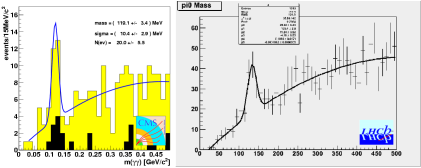Hello RSS subscribers!
It has been over a year since my last post, and since then, I have started developing my own blog. (I was just a guest author here.) It is called Coffeeshop Physics, and it is a relaxed presentation of physics topics that I think are interesting. The name was inspired by my experiences with Cafe Scientifique, a series of coffeeshop presentations about the sciences— I want to replicate that kind of atmosphere online.
Whereas the Everything Seminar was intended for mathematical audiences, Coffeeshop Physics is for general audiences, much like Cafe Sci. Therefore, I don’t assume that the readers know what a derivative is (relevant for yesterday’s article), but you might find it interesting anyway. Many of the topics that I’m writing about are things that I struggled to understand as an undergrad and even a grad student, the intuition behind the mathematical formalism.
 For instance, my favorite article so far is about curved surfaces and gravitation. When I studied general relativity, I could push Christoffel symbols around, but I was frustrated by the fact that I couldn’t visualize the problems that we were working on.
For instance, my favorite article so far is about curved surfaces and gravitation. When I studied general relativity, I could push Christoffel symbols around, but I was frustrated by the fact that I couldn’t visualize the problems that we were working on.
I got a better appreciation for curved surfaces by learning to sew, and after making about a dozen little models, the picture came into focus. Here is a photo of a model of space-time at the surface of the earth, in which we can see that a freefall is a shorter path through space-time than just standing on the ground. It doesn’t have Minkowski structure, so it is not quantitatively accurate (it should open up at the top, not the bottom), but it is a picture to keep at the back of one’s mind.
I’ve also turned the spectrum of resonances in electron-positron collisions into a sound, so that we can hear what it sounds like when the collide, and found a nice demonstration of entropy in a story about a leprechaun tying ribbons on trees in a forest. If you enjoyed the What Killed Madame Curie? detective serial that I started on this blog, I am expanding it into a novel, with links on the site.
Cheers,
— Jim



